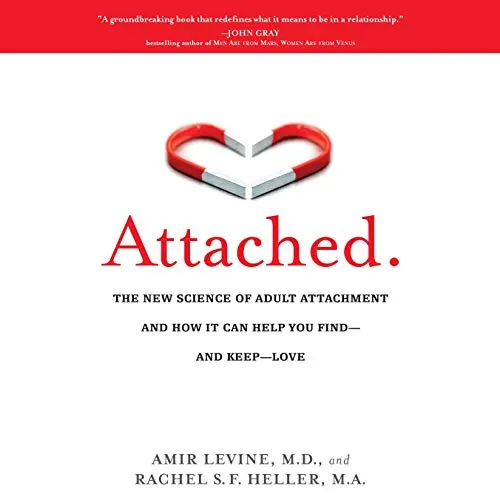Have you ever heard someone say “That child has separation anxiety” or, “that person has some serious daddy issues” or, “why are you so clingy and anxious all the time when we aren’t together?”
All of these phrases have something to do with attachment styles. First and foremost, attachment is the primary emotional relationship with a caregiver that serves as a basis later relationships. Children and parents are biologically wired to form attachments with each other. For example, a baby or young child’s cuddling and crying instincts are meant to elicit caregiving responses, and infants prefer their caregiver’s face and voice over other stimuli.
Four types of child-caregiver attachment styles:
- Secure: Caregivers who provide consistent, sensitive responses. These toddlers readily explore their environment and use the caregiver as a “Secure base.” After separated from their caregiver they seek their caregiver for comfort and are easily soother.
- Anxious-Ambivalent: Caregivers who might be unpredictable or attentive yet out of sync with their child. These toddlers explore little, are wary of strangers and might be clingy and demanding. Upon reunion after separation from their caregiver, they are difficult to sooth and appear angry at the caregiver, while also seeking comfort.
- Anxious-Avoidant/Dismissive: Caregivers are emotionally unavailable or rejected. The toddler often seeks little physical contact with the caregiver and might be unresponsive when held, although upset when put down. These toddlers often avoid or ignore their caregiver after a separation.
- Disorganized/Fearful: Can arise when the caregiver serves as both the source of comfort to the child and source of stress or fear. These toddlers lack an organized strategy for coping with stress and therefore show odd behaviors, such as freezing, or turning in circles during a reunion with the caregiver.

Why is this information important?
Attachment is important because it explains how a child’s primary attachment figure regulates the emotions and social cognitive (thought) processing of young children. When a caregiver provides an attuned response to their child, the young child develops a “felt security” and adapts this internal working model to build self-organization and physiological regulation skills. Children also use their caregiver for social referencing to guide their responses to events, and they use their attachment foundation to internalize self-control and build social skills and independence.
How does this translate into adulthood and relationships?
Our attachment style affects everything from our partner selection to how well our relationships progress and to how they also end. It is important to recognize our attachment pattern to help us understand our strengths and vulnerabilities in a relationship. The basis of attachment influences how each of use reacts to our needs and how we go about getting them met. We tend to choose partners that confirm our models. If we grew up with an insecure attachment pattern, we may project or seek to duplicate similar patterns or relating as adults, even when these patterns hurt us and are not in our own self-interest.
For example, someone who has a secure attachment is confident and self-possessed and is able to easily interact with others, meeting both their own and another person’s needs. If someone identifies with an anxious or avoidant attachment pattern, they may choose a partner who fits that maladaptive patterns and they will most likely be choosing someone who isn’t the ideal choice to make them happy.
Curious about your own attachment style or the attachment style of a partner?
Follow this link to take a short and easy compatibility quiz to identify your attachment style and that of your partners, or previous partners. This may shine some light of the subject and allow you to better understand yourself and others from an attachment perspective.


